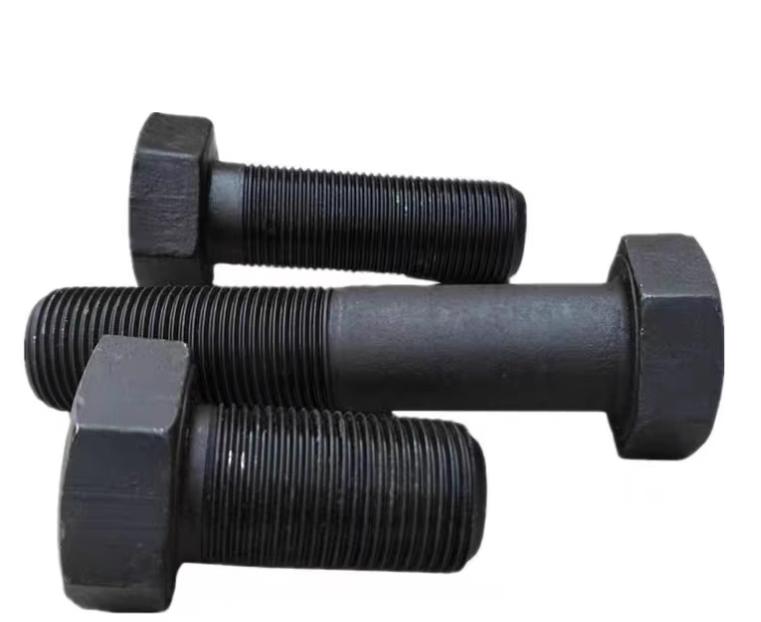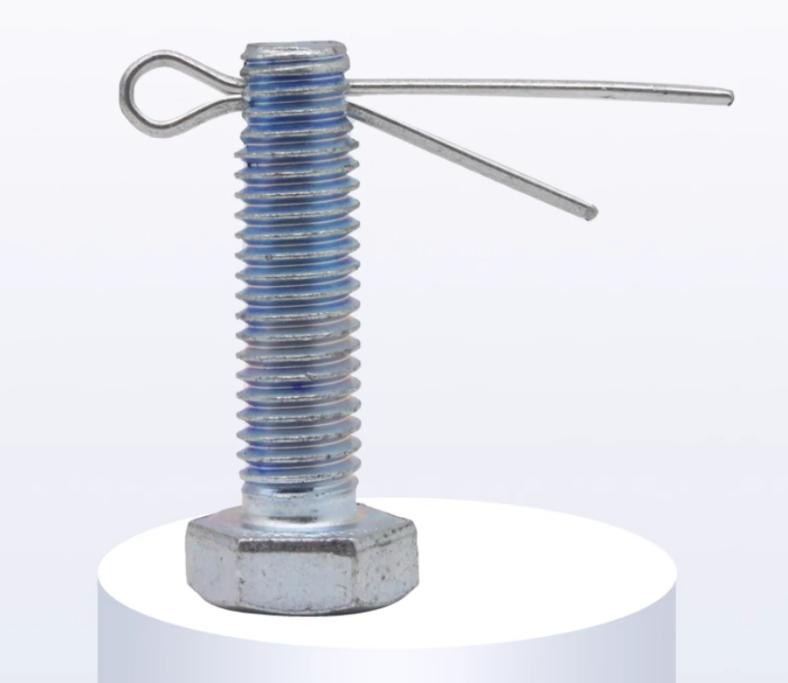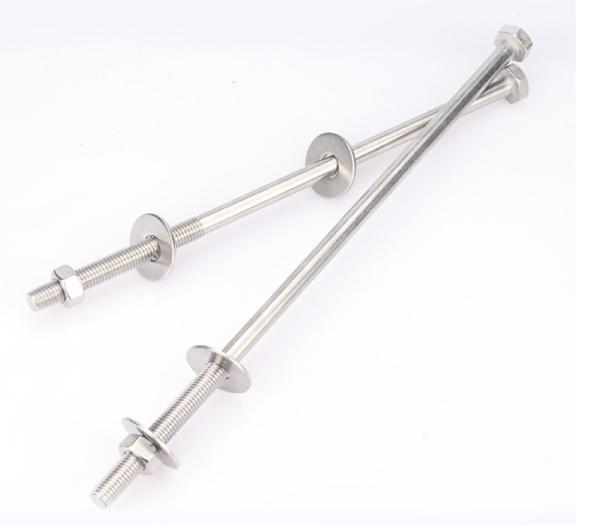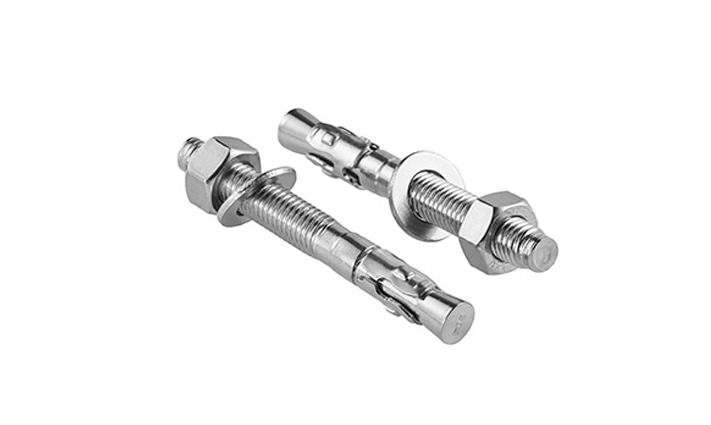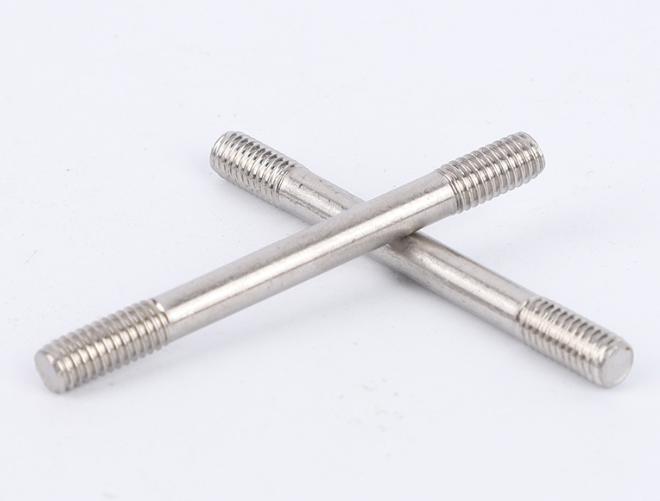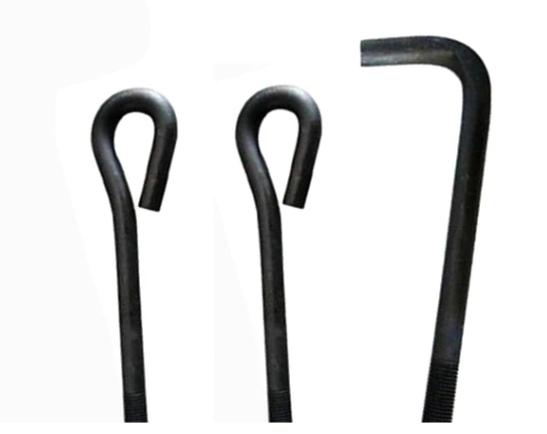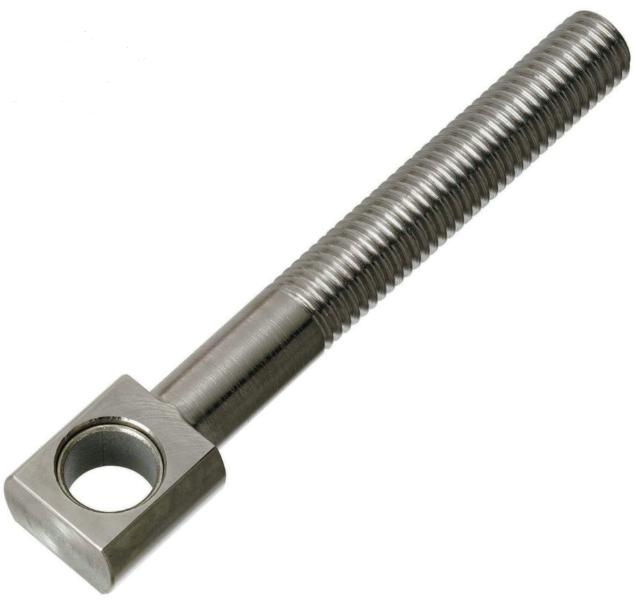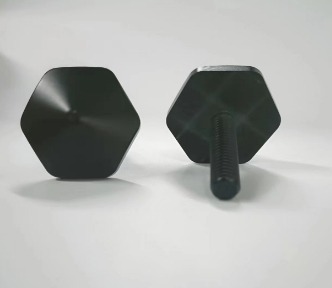How to Remove Rusted Bolts Safely and Effectively
Rusted bolts can be a mechanic’s worst nightmare, and anyone who has worked on automobiles, appliances, or machinery knows the frustration of dealing with stubborn, corroded fasteners. However, with the right tools and safety precautions, removing rusted bolts can be a manageable task. In this comprehensive guide, we will explore the various types of tools used for removing rusted bolts and delve into the critical safety precautions that should never be overlooked.
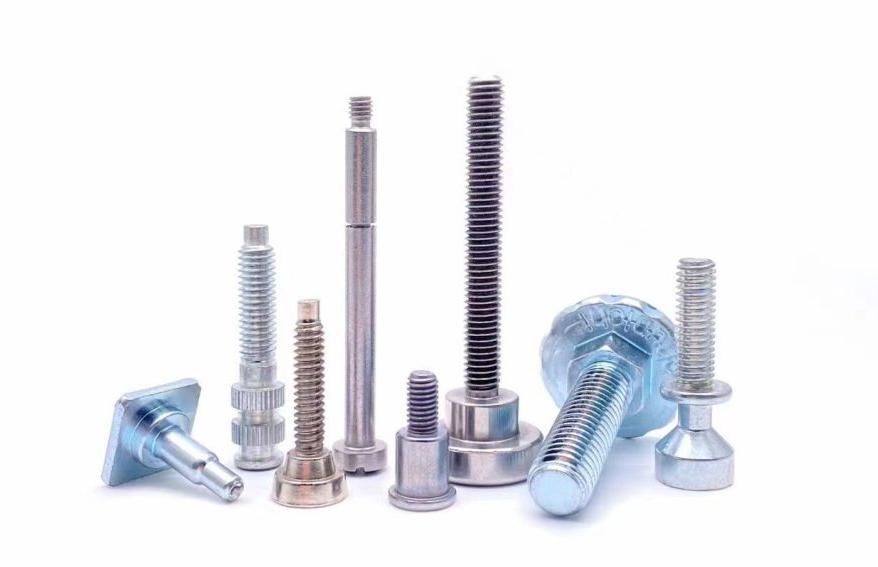
Types of Tools for Removing Rusted Bolts
- Wrenches: Wrenches come in a variety of shapes and sizes, so it is important to choose the right one for the job. Adjustable wrenches are the most versatile, but they may not provide enough leverage for stubborn bolts. Open-end wrenches are best for nuts and bolts with a square or hex head, while box-end wrenches provide more leverage and are less likely to slip.
- Adjustable wrenches: Adjustable wrenches have a movable jaw that can be adjusted to fit different size nuts and bolts. They are the most versatile type of wrench, but they may not provide enough leverage for stubborn bolts.
- Open-end wrenches: Open-end wrenches have two open jaws that fit around the nut or bolt. They are best for nuts and bolts with a square or hex head.
- Box-end wrenches: Box-end wrenches have a closed jaw that fits around the nut or bolt. They provide more leverage than open-end wrenches and are less likely to slip.
- Sockets: Sockets are used with a ratchet or wrench to loosen or tighten nuts and bolts. They come in a variety of sizes to fit different nuts and bolts.
- Ratchets: Ratchets are used to turn sockets. They come in a variety of sizes and styles, including flex head ratchets, which can be used in tight spaces.
- Wrenches: Wrenches are used to hold sockets in place. They come in a variety of sizes and styles, including deep sockets, which can be used to reach bolts that are deep in a hole.
- Breaker bars: Breaker bars are used to provide extra leverage when loosening or tightening stubborn bolts. They are especially useful for rusty bolts.
- Ratchet breaker bars: Ratchet breaker bars are a combination of a breaker bar and a ratchet. They allow you to use the leverage of the breaker bar while also being able to turn the socket with the ratchet.
- Non-ratchet breaker bars: Non-ratchet breaker bars are simply a long, solid bar that is used to provide leverage. They are more difficult to use than ratchet breaker bars, but they can provide more leverage.
- Impact wrenches: Impact wrenches are powered by air or electricity and can be used to quickly loosen or tighten bolts. They are the most effective tool for removing rusty bolts, but they can also damage the bolts if used improperly.
- Air impact wrenches: Air impact wrenches are powered by compressed air. They are the most powerful type of impact wrench, but they also require an air compressor.
- Electric impact wrenches: Electric impact wrenches are powered by electricity. They are not as powerful as air impact wrenches, but they do not require an air compressor.

Safety Precautions for Removing Rusted Bolts
- Use the right tools for the job. Using the wrong tools can make the job more difficult and increase the risk of injury.
- Make sure to use the right size wrench or socket for the nut or bolt that you are trying to loosen. Using a wrench that is too small can damage the bolt, and using a wrench that is too large can slip and cause injury.
- If the bolts are severely rusted, you may need to use a breaker bar or impact wrench. These tools can provide more leverage, but they can also be more dangerous if used improperly.
- Wear safety glasses to protect your eyes from flying debris. Rusty bolts can often break off, and the sharp edges can cause serious eye injuries.
- It is also a good idea to wear gloves to protect your hands from the sharp edges of the bolts.
- Be careful not to over-tighten the bolts. Over-tightening the bolts can make them more difficult to remove in the future.
- When you are loosening the bolts, start with a wrench and gradually increase the force as needed.
- If the bolts are difficult to loosen, stop and apply penetrating oil or heat.
- If the bolts are severely rusted, you may need to apply penetrating oil or heat to loosen them. Penetrating oil can help to dissolve the rust and make it easier to loosen the bolts. Heat can also help to break down the rust, but it is important to be careful not to overheat the bolts, as this can damage them.
- Penetrating oil can be applied directly to the bolts or to the threads of the nut or bolt.
- Heat can be applied with a torch or heat gun. Be careful not to overheat the bolts, as this can damage them.
- If the bolts are still difficult to remove, you may need to use a bolt extractor set. Bolt extractor sets are designed to remove bolts that have been stripped or broken off.
- To use a bolt extractor set, first drill a hole in the center of the bolt. Then, insert the extractor into the hole and turn it counterclockwise to remove the bolt.
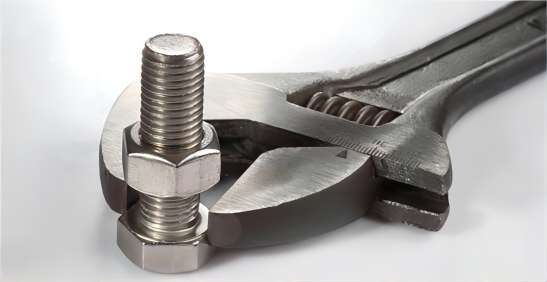
Conclusion
Removing rusted bolts can be a challenging task, but it is important to follow the safety precautions and use the right tools to avoid injury. By understanding the types of tools available and implementing essential safety precautions, you can tackle even the most stubborn rusty bolts with confidence.

